Carved in Stone: Addressing Rhodes’s Colonial Legacy
On a bitterly cold day in mid-January, Mat Davies led our group of Oxford Next Horizons scholars to the exterior of Rhodes House where a stone carver was etching the words of a “sleeping” African language known as ǀxam into the building’s lower parapet.
As the Rhodes Trust’s Director of Estate, Mat had been closely involved in a five-year refurbishment of the 1929 Rhodes House. As our first visit as a group of scholars to our new base for the next five months, Mat brought us to see Fergus Wessel, a local artisan, carving into in the building’s Clipsham stone parapet during our tour of the building.
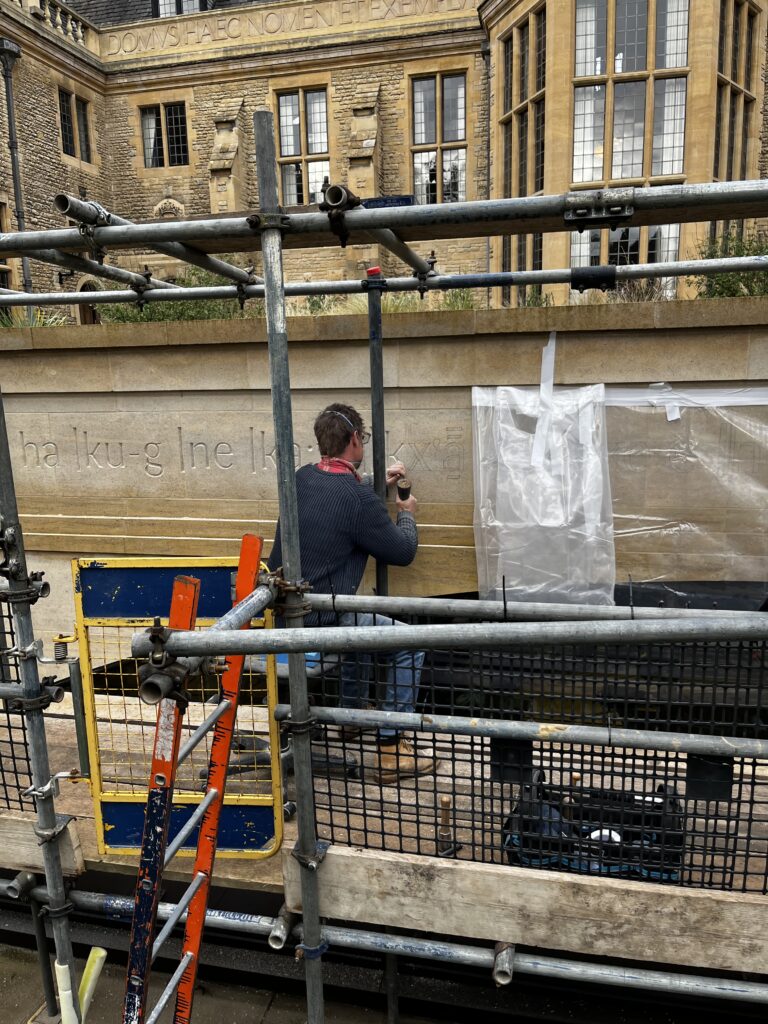
Fergus Wessel carving a parapet acknowledgement in /xam, January 2025
Seated on a wooden platform positioned next to the exterior wall and wearing a face mask to protect himself from the dust, Fergus carefully carved words from a vanished language that originated in the Cape area of South Africa, where the British magnate Cecil Rhodes had his diamond mines. A controversial figure today, Cecil Rhodes is now best known for setting up the Rhodes Scholarships to fund Oxford educations for men from around the colonies (women were included starting in 1977.)
As part of the 1929 building, its architect Herbert Baker had commissioned a Latin inscription on the outside of the building which read: “This House Stands for Ever As A Reminder to the Oxford He Loved of the Name and Example of Cecil Rhodes.” As protests grew over Rhodes’s colonial legacy in recent years, the Trust decided it needed to find ways to acknowledge Rhodes’s complicated history within the fabric of the new building.
That was one of the final projects led by Elizabeth Kiss, who served as the Rhodes Trust’s Warden and CEO from 2018-2024. It involved the wider Rhodes community, spread across many continents, and became a multi-year process. The result: Fergus’s engraving.
Choosing an inscription in an African language was a way to counter-balance the Latin inscription. ǀxam is considered a sleeping language because no one speaks it fluently anymore. It was chosen, in part, because it had been recorded by the leading anthropologist Wilhelm Bleek and his sister-in-law Lucy Lloyd, and was spoken by ǀxam men incarcerated at Cape Town’s notorious Breakwater prison, which became a symbol of colonial conflict.
Five months later, a group of scholars, trustees, administrators, and staffers gathered on a warm June day in Oxford, sipping on Prosecco and elderflower cordials, to reflect on the carved African language inscription. Its English translation reads: “Remembering and Honouring In Our Work Those Who Suffered and Laboured To Generate This Wealth.”
Oxford Professor Elleke Boehmer was one of the Rhodes Trustees who helped guide the process towards the choice of |xam and the wording of the new inscription. She described the visual and symbolic impact of juxtaposing the building’s original Latin inscription with its new ǀxam inscription. Positioned as if in dialogue with each other, she hoped that the two statements would help spark a conversation in the Rhodes community about its colonial history.
Elleke praised Fergus’s “absolutely steady hands and calm eye” as the artist who carved the African language inscription. She then introduced doctoral student and linguist Luan Staphorst, who was also the lead ǀxam translator, along with others from Nama-speaking communities. Luan read the inscription in the original, explaining beforehand that his late grandpa may have been the last living person to have knowledge of the language (albeit only through fragmented phrases and scattered words).
It was a moving moment, recalling that vanishing moment six months earlier when Fergus had carved the words of that sleeping language into Rhodes House’s imposing stone exterior.
###
Julia Flynn Siler is an academic visitor at Oxford University and a nonfiction author and journalist. She has written about rowing, dark skies, and faith and happiness for National Geographic and, most recently, about walking in Jane Austen’s footsteps for the Wall Street Journal. To learn more about her work, please visit: www.juliaflynnsiler.com
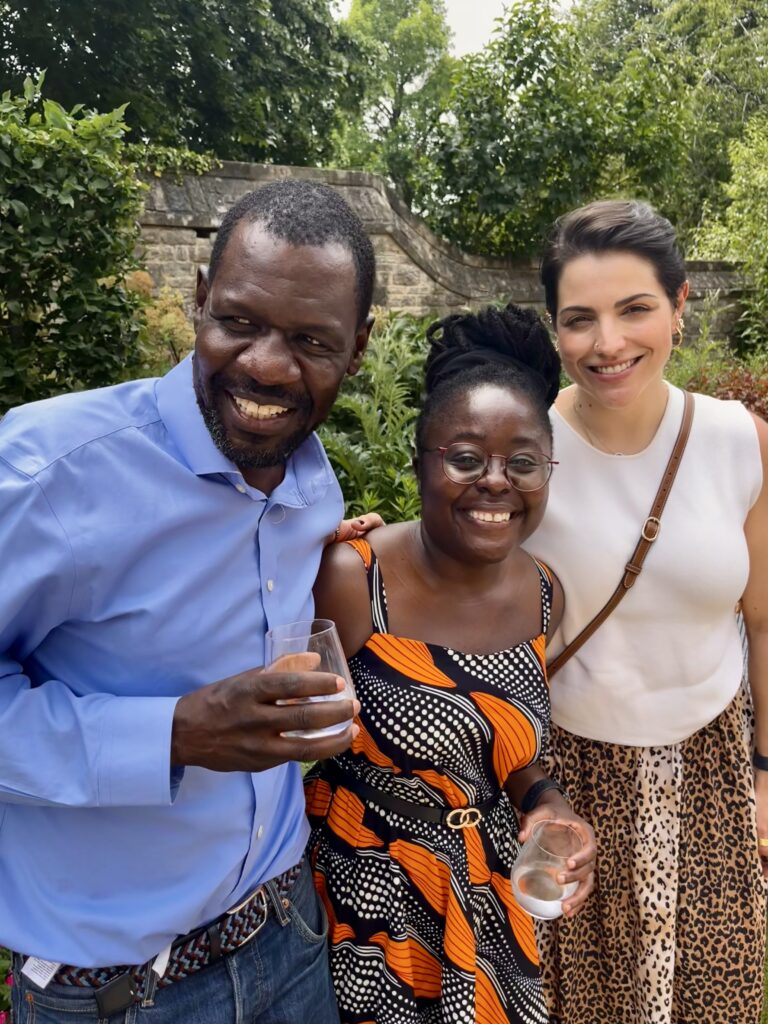
(From left to right:) Professor of Archeology Shadreck Chirikure, a renowned expert on the Great Zimbabwe archeological site and curator of an exhibition on Cecil Rhodes at Rhodes House. Rhodes Scholars Chishimba Kasanga (Zambia) and Dr Romina Mariano (South Africa) who both played important roles in the advisory group process
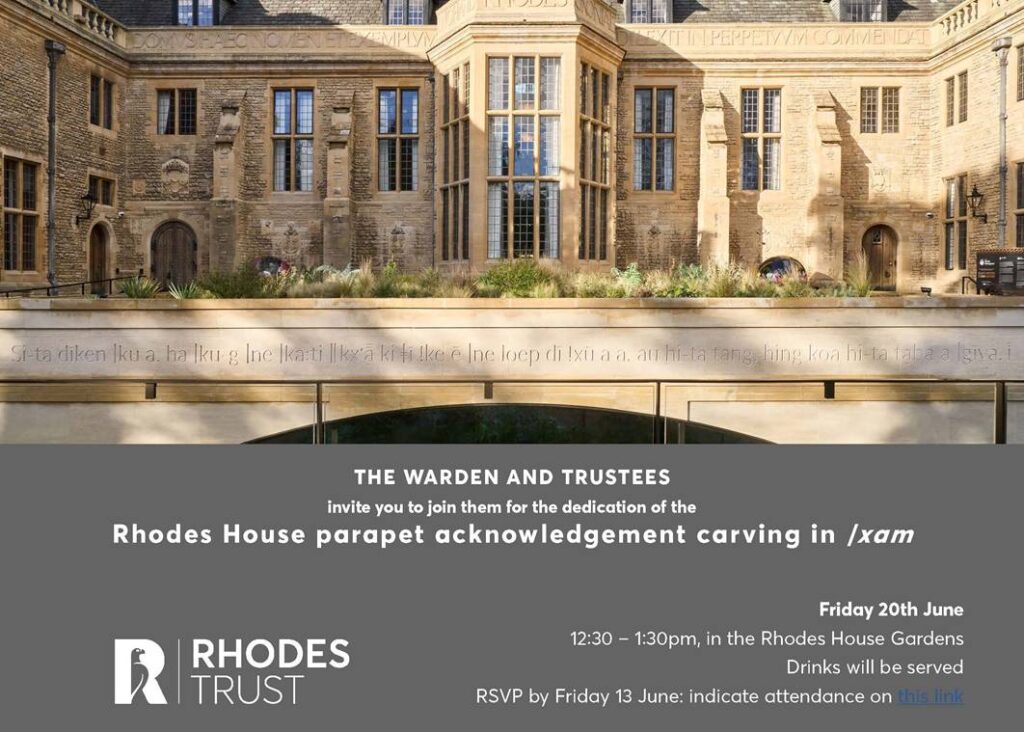
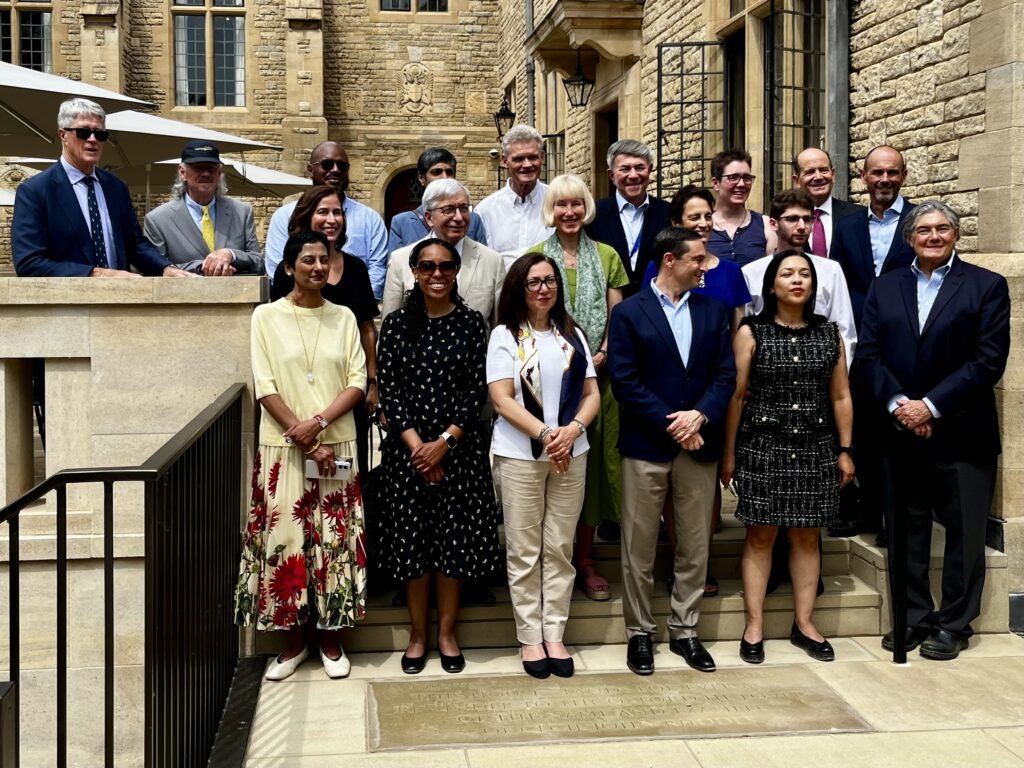
Rhodes Trustees and community members involved in the ǀxam parapet
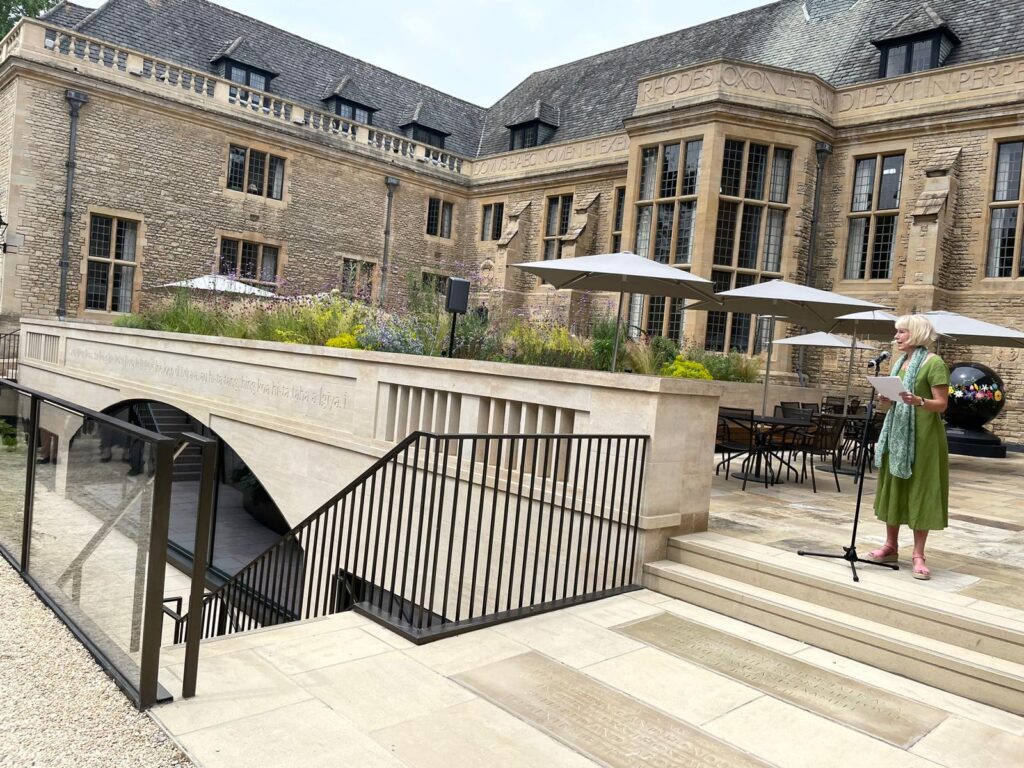
Professor Elleke Boehmer, a Rhodes Trustee, speaking at the June, 2025 event at Rhodes House
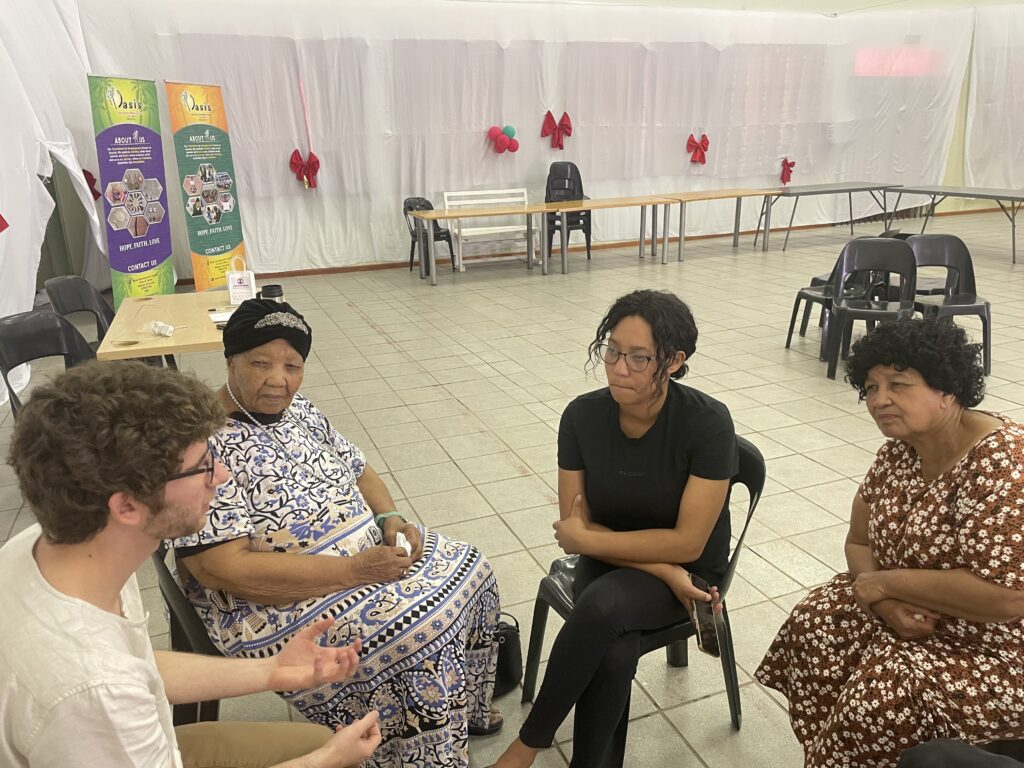
Luan Staphorst, who was the lead ǀxam translator, speaking with elders in Africa as part of the parapet project.